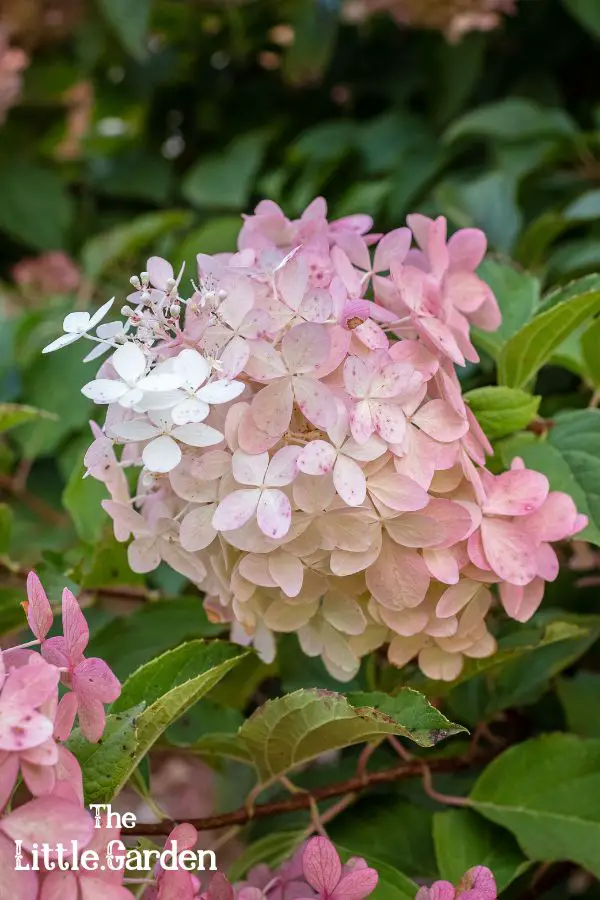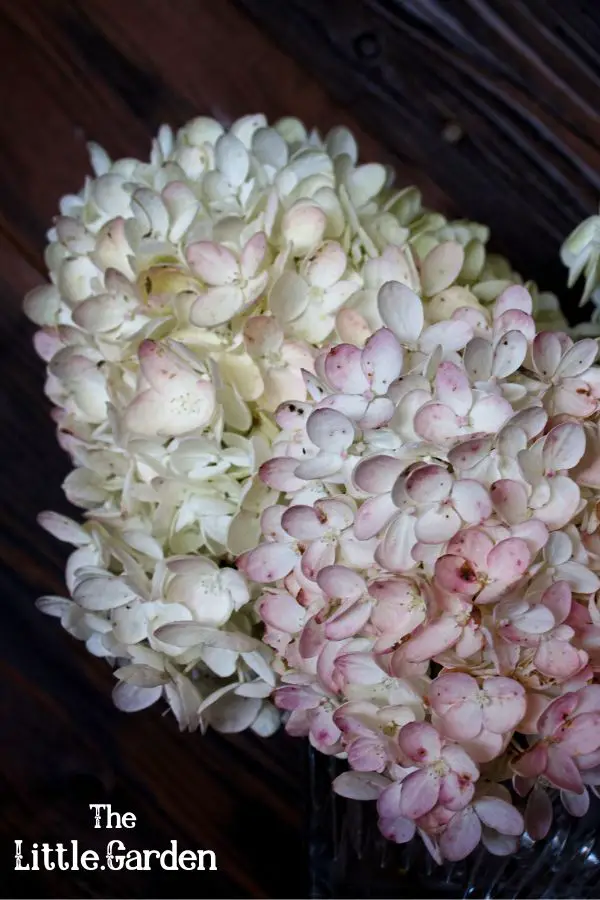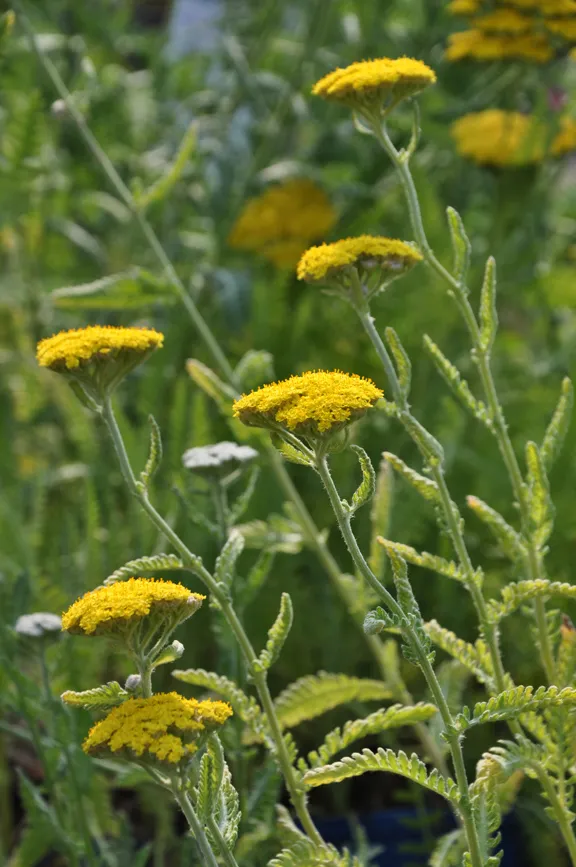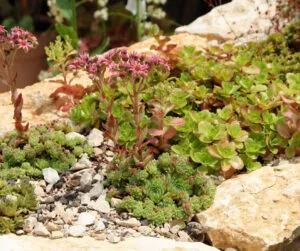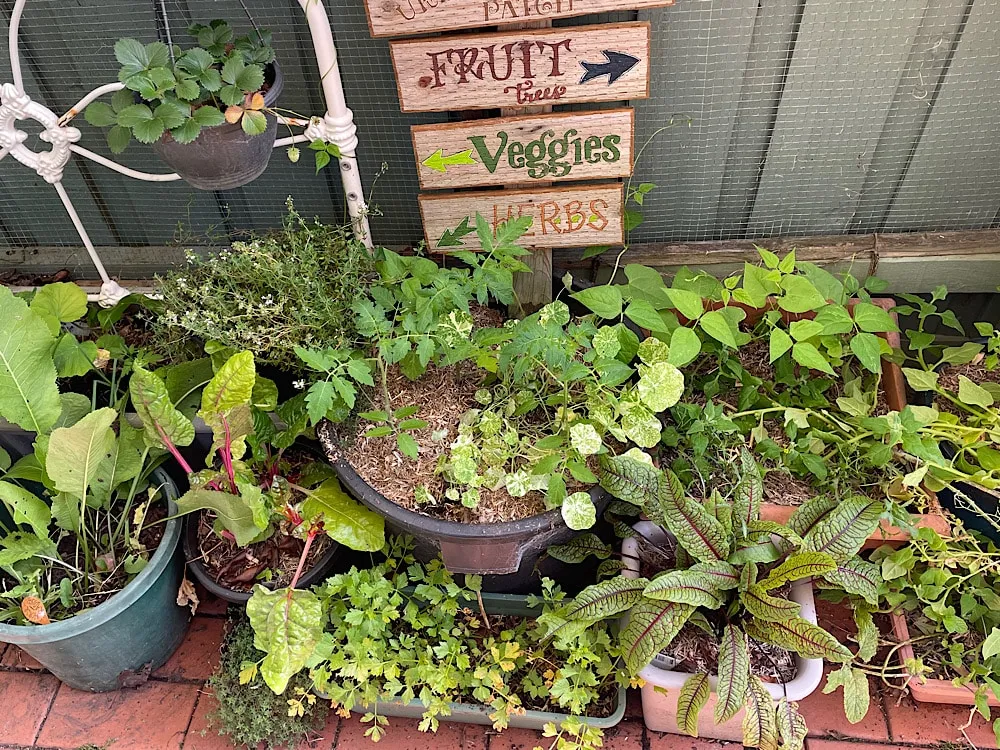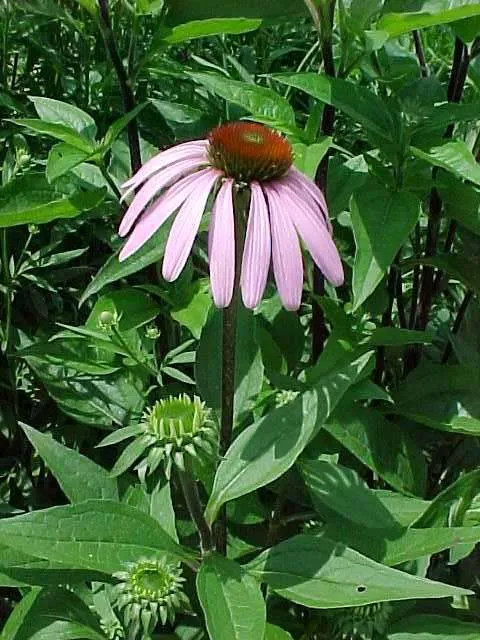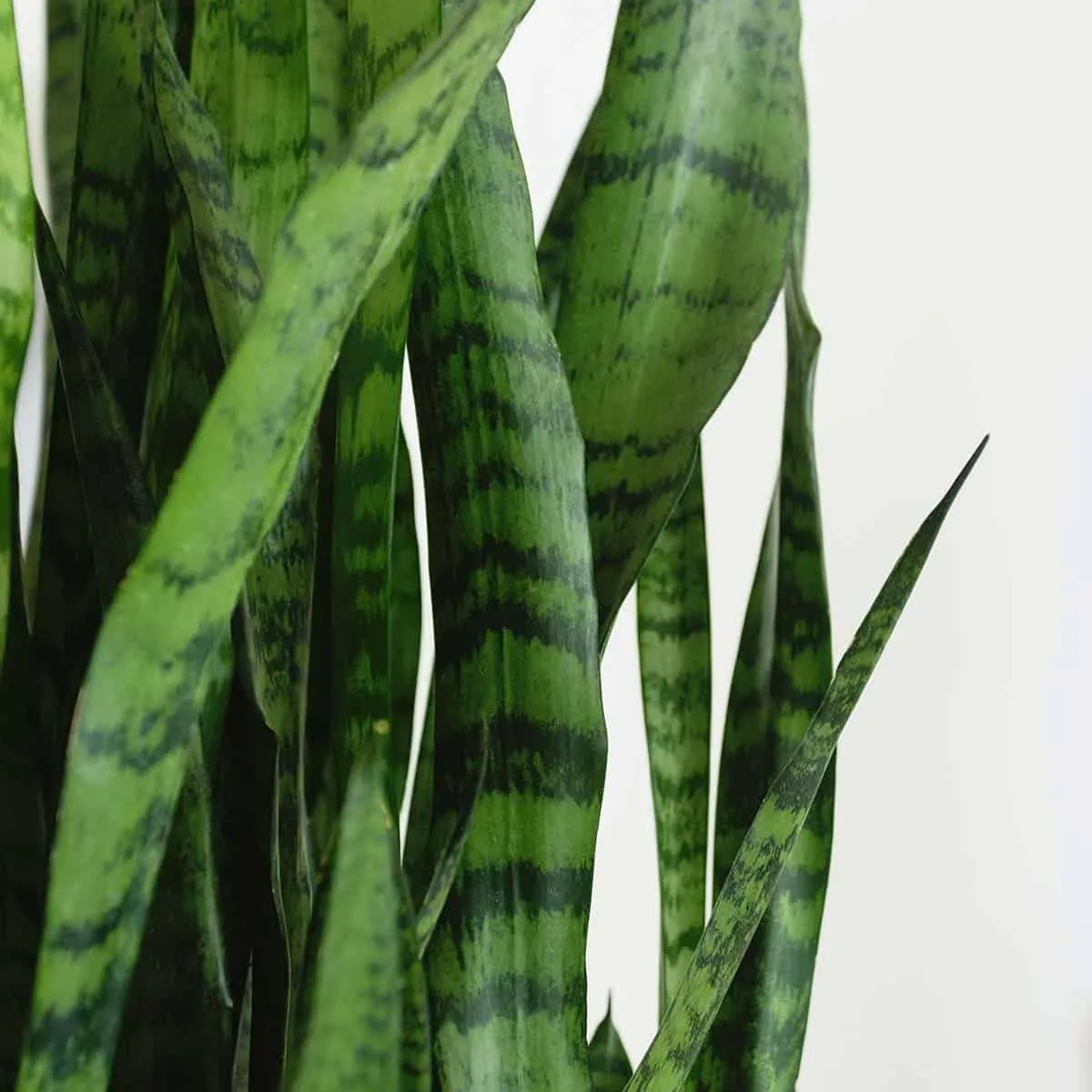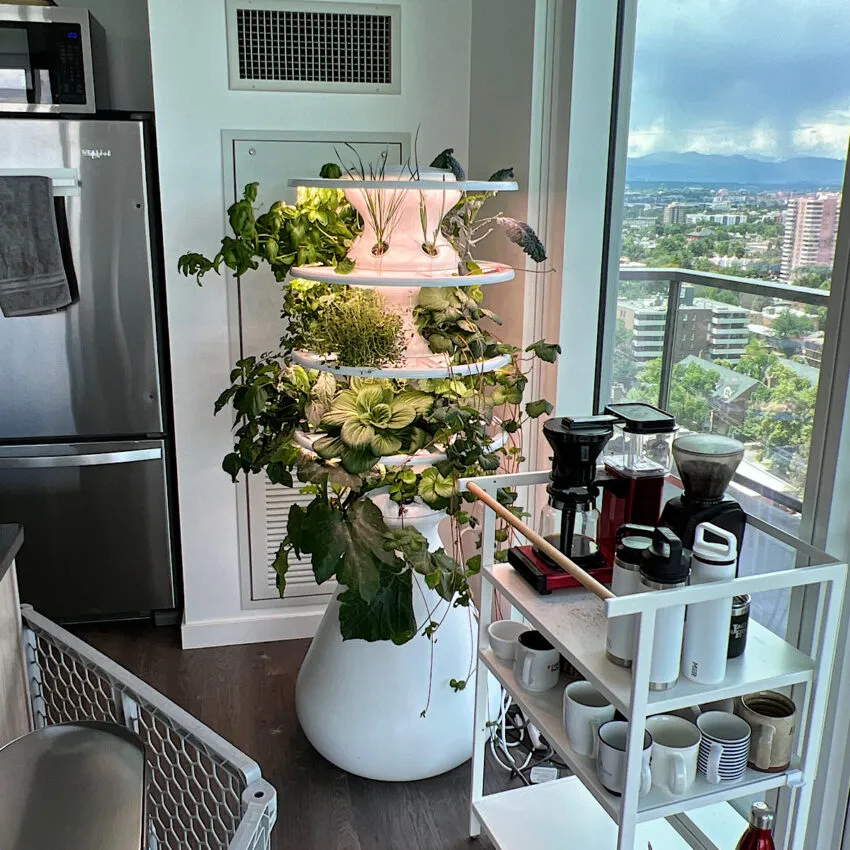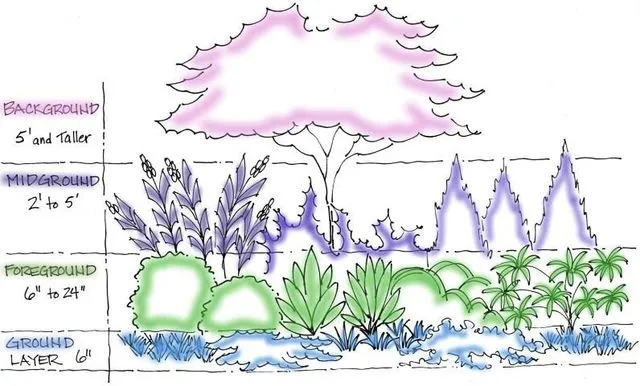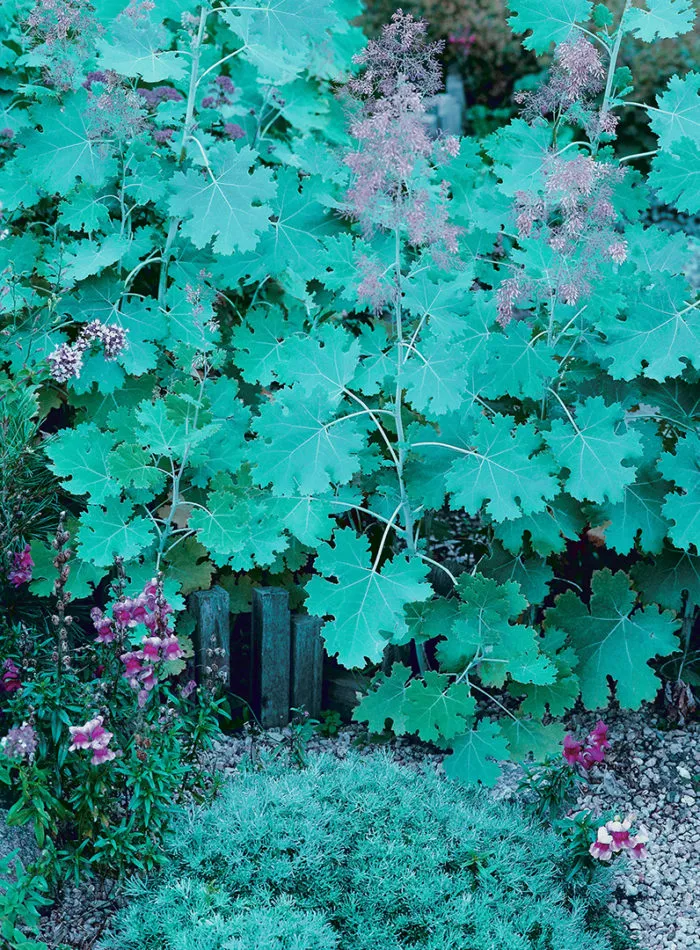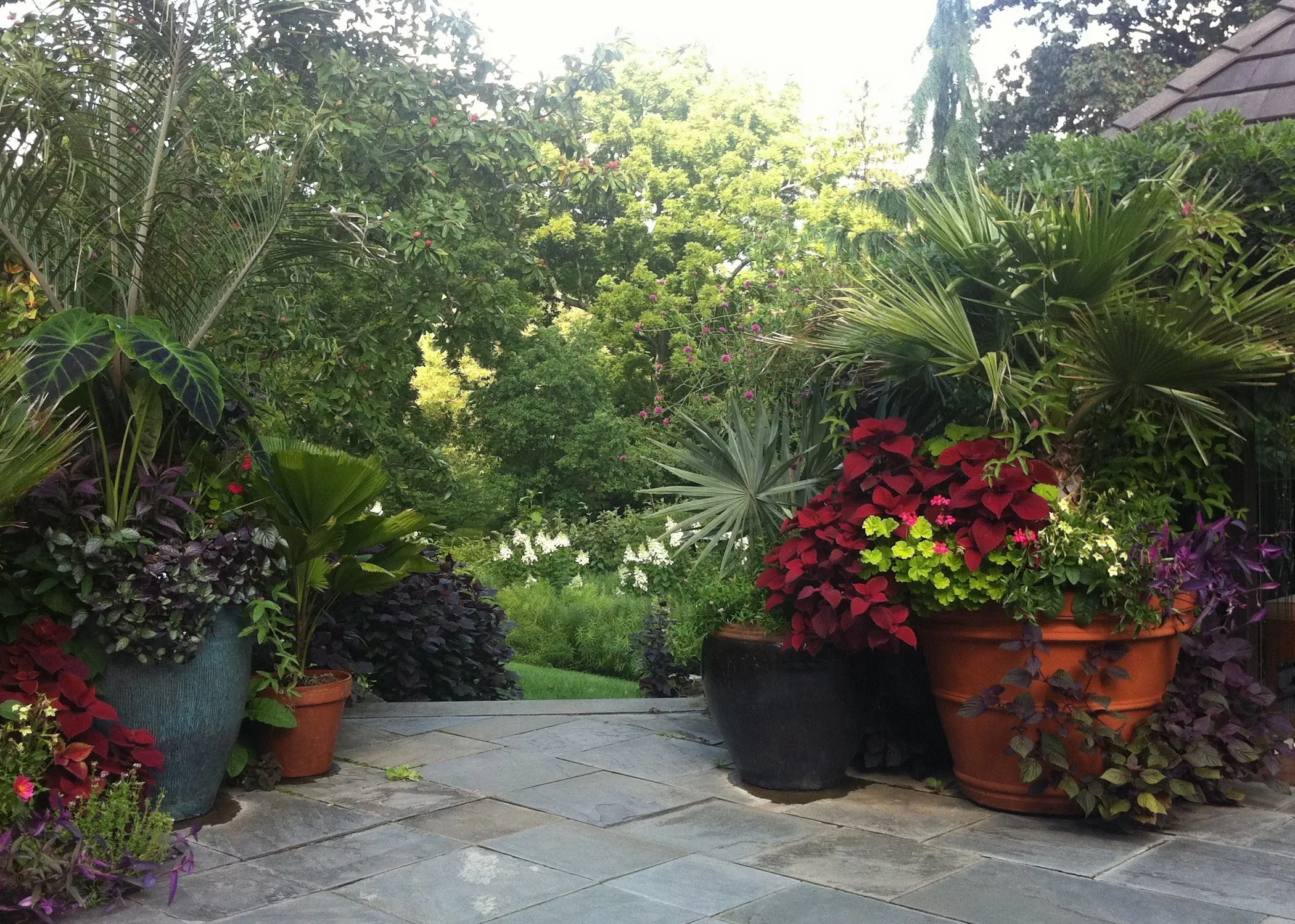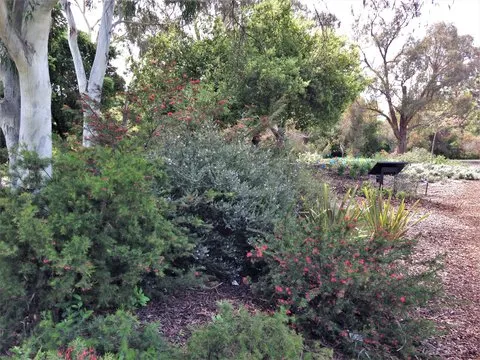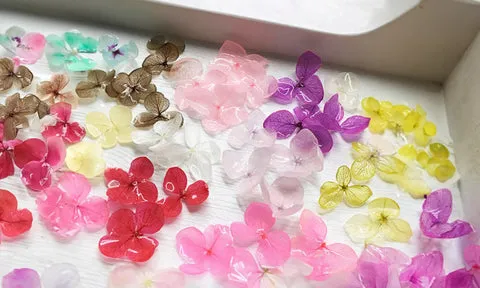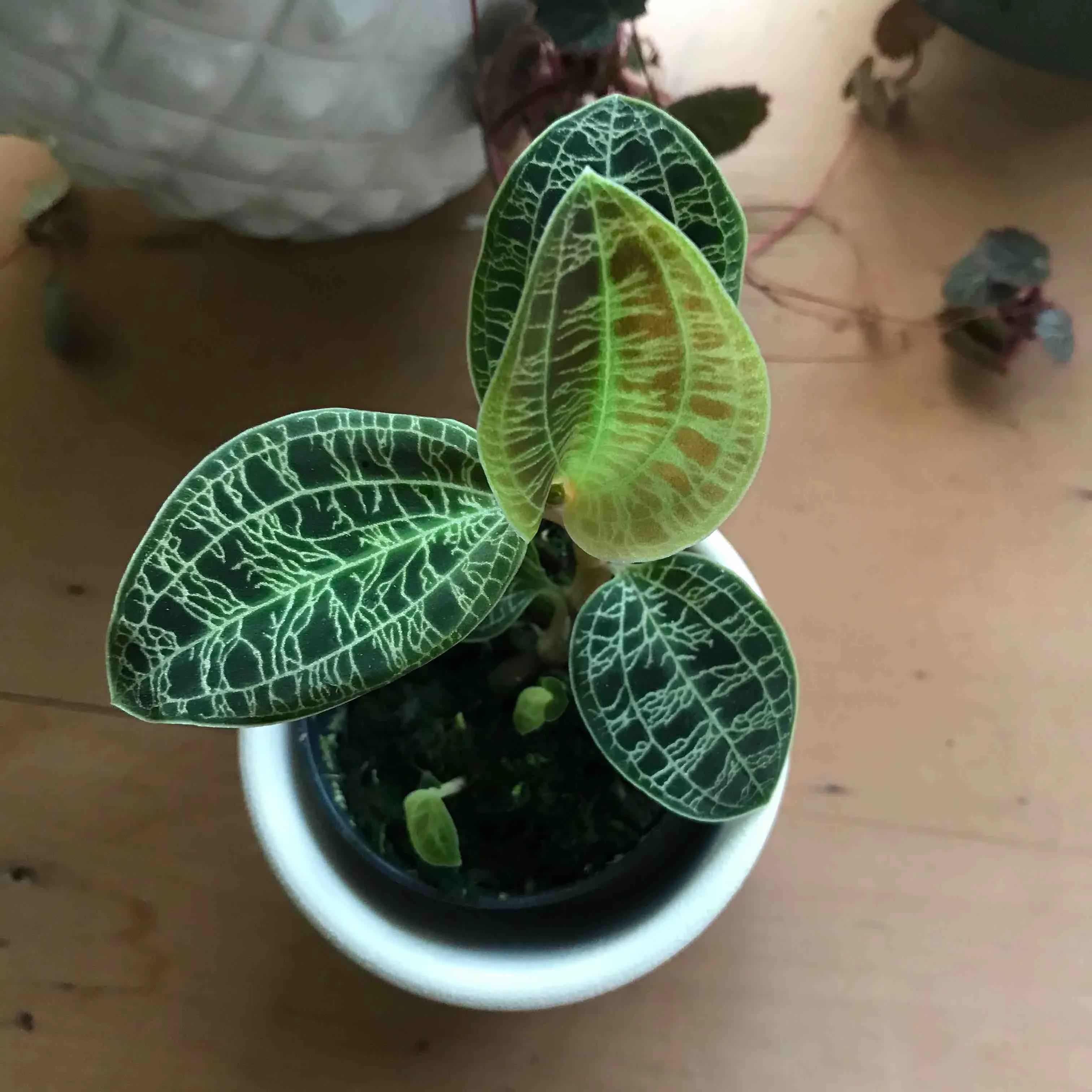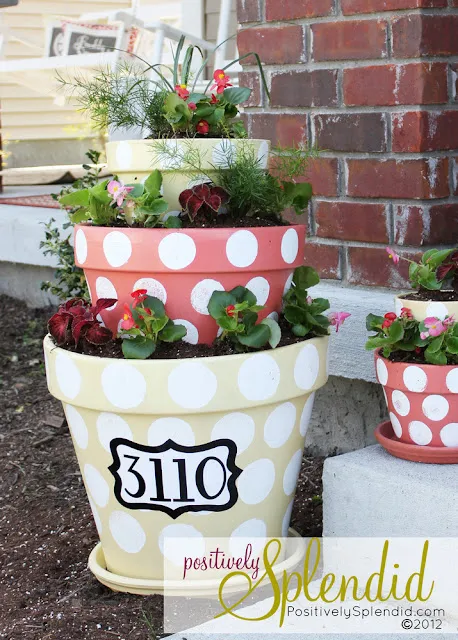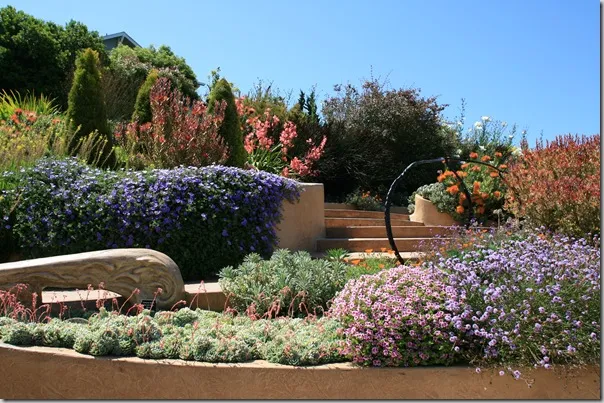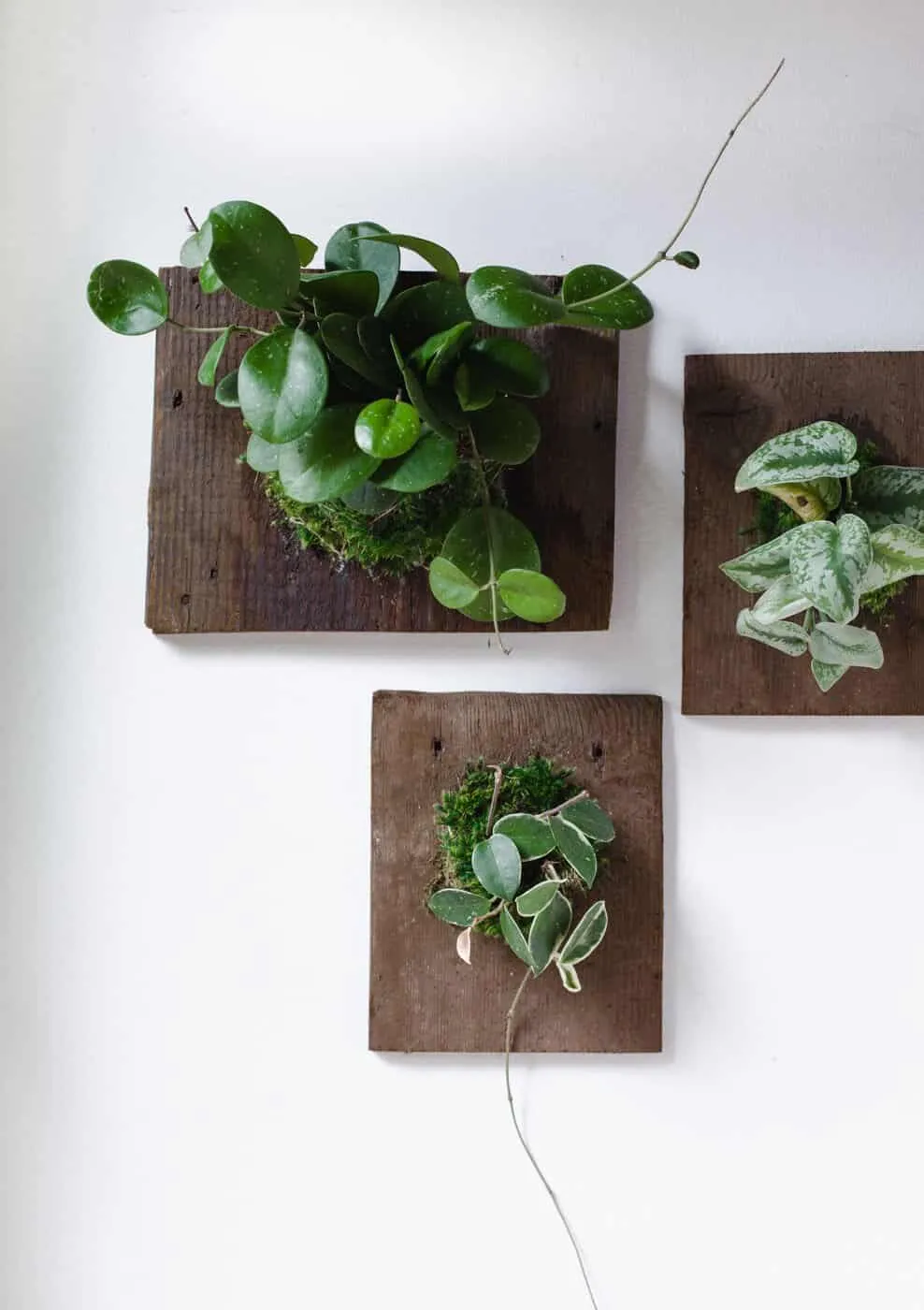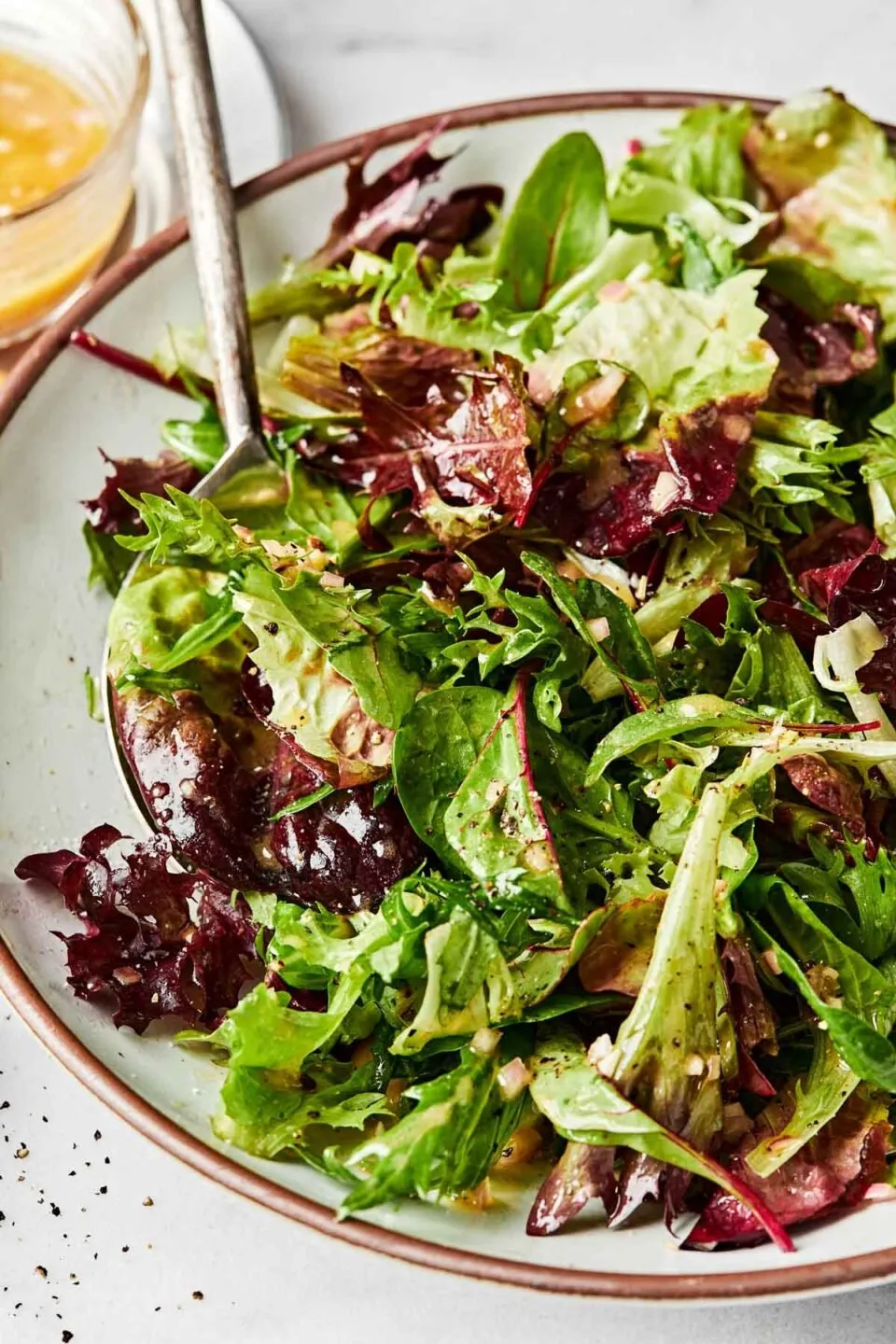- Pee Gee Hydrangea (Hydrangea paniculata ‘Grandiflora’) is a popular and versatile shrub
- It produces large, showy white flowers that turn pink as they age
- Can be grown as a shrub or trained into a small tree
- Suitable for USDA hardiness zones 3-8
- Low-maintenance and adaptable to various soil types
If you’re looking for a show-stopping addition to your garden that offers both beauty and versatility, look no further than the Pee Gee Hydrangea. This magnificent shrub, with its large panicles of white flowers that gradually turn pink, can transform any landscape into a breathtaking display. Whether you’re a seasoned gardener or a novice plant enthusiast, the Pee Gee Hydrangea is sure to captivate your heart and enhance your outdoor space.
Contents
- About Pee Gee Hydrangea
- Species Information
- Growing and Caring for Pee Gee Hydrangea
- Planting
- Watering
- Fertilizing
- Pruning
- Unique Features and Benefits
- Versatile Growth Habit
- Long-lasting Blooms
- Color Changing Flowers
- Adaptability
- Common Problems and Solutions
- Wilting
- Lack of Blooms
- Leaf Spots
- How to prune pee gee hydrangea into a tree
- 1. Choose a Strong Central Leader
- 2. Support the Trunk
- 3. Remove Lower Branches
- 4. Shape the Canopy
- 5. Annual Pruning
- 6. Maintenance
About Pee Gee Hydrangea
Species Information
- Scientific name: Hydrangea paniculata ‘Grandiflora’
- Common name: Pee Gee Hydrangea
- USDA Hardiness Zones: 3-8
- Light requirements: Full sun to partial shade
- Soil preferences: Adaptable to various soil types, prefers well-drained soil
- Water needs: Moderate

Beautiful Pee Gee Hydrangea in full bloom
The Pee Gee Hydrangea, short for “Paniculata Grandiflora,” is a cultivar of the panicle hydrangea species. It’s known for its impressive cone-shaped flower clusters that can reach up to 12-18 inches in length. This deciduous shrub typically grows to a height and spread of 10-20 feet, making it a substantial presence in any garden.
Growing and Caring for Pee Gee Hydrangea
Planting
To ensure the best start for your Pee Gee Hydrangea:
- Choose a location with full sun to partial shade.
- Prepare well-draining soil enriched with organic matter.
- Dig a hole twice the width of the root ball and at the same depth.
- Place the plant in the hole, backfill with soil, and water thoroughly.
Watering
Pee Gee Hydrangeas prefer consistently moist soil but can tolerate brief dry spells once established. Water deeply once or twice a week, especially during hot, dry periods.
Fertilizing
Apply a balanced, slow-release fertilizer in early spring before new growth begins. Avoid over-fertilizing, as this can lead to lush foliage but fewer flowers.
Pruning
One of the great advantages of Pee Gee Hydrangea is its flexibility in pruning:
- For a shrub form: Prune in late winter or early spring before new growth appears.
- To train as a tree: Select the strongest stem as the main trunk, remove lower branches, and shape the canopy as desired.
Unique Features and Benefits
Versatile Growth Habit
The Pee Gee Hydrangea can be grown as a large, multi-stemmed shrub or trained into a small tree, offering flexibility in landscape design.
Long-lasting Blooms
Flowers appear in mid to late summer and persist well into fall, providing months of visual interest.
Color Changing Flowers
The large, cone-shaped panicles start white and gradually turn pink to purplish-pink as they age, creating a stunning color display.
Adaptability
Pee Gee Hydrangeas are adaptable to various soil types and can thrive in urban environments, making them suitable for a wide range of gardens.
Common Problems and Solutions
Wilting
Cause: Insufficient water or extreme heat
Solution: Ensure consistent watering, especially during hot periods. Apply a layer of mulch to retain soil moisture.
Lack of Blooms
Cause: Improper pruning or over-fertilization
Solution: Prune at the correct time (late winter/early spring) and avoid excess nitrogen fertilizer.
Leaf Spots
Cause: Fungal diseases
Solution: Improve air circulation by pruning, avoid overhead watering, and apply fungicide if necessary.
1. Choose a Strong Central Leader
- In the first year or during planting, identify the strongest, straightest stem (called the central leader). This will become the main trunk.
- Remove all other stems at the base to focus energy on this central leader.
2. Support the Trunk
- Stake the central leader to help it grow straight. Use a sturdy stake and tie the stem loosely to allow for some movement but provide support.
3. Remove Lower Branches
- As the central leader grows, prune off lower branches to a height where you’d like the canopy to begin, usually around 3-4 feet (0.9–1.2 meters) from the ground. This creates a tree-like appearance.
4. Shape the Canopy
- Once the trunk has reached the desired height, let the top branches grow to form the canopy. Prune these branches to encourage a balanced, rounded shape.
- Always cut just above a healthy bud or leaf node.
5. Annual Pruning
- Each year, prune in late winter or early spring before new growth begins. Remove any crossing branches, suckers (new shoots from the base), or dead wood.
- Shape the canopy by cutting back branches to maintain a rounded, even shape.
6. Maintenance
- Continue to remove any suckers or shoots that grow from the base or along the trunk throughout the growing season.
- Over time, the trunk will become thicker, and the tree shape will become more pronounced.
The Pee Gee Hydrangea is a magnificent addition to any garden, offering stunning blooms, versatility, and relatively easy care. Whether you choose to grow it as a majestic shrub or an elegant small tree, this hydrangea variety will undoubtedly become a focal point in your landscape. With proper care and attention, your Pee Gee Hydrangea will reward you with its beautiful, long-lasting flowers year after year, bringing joy and beauty to your outdoor space.
We’d love to hear about your experiences with Pee Gee Hydrangeas or any questions you might have. Feel free to leave a comment below or explore more of our articles on garden favorites and landscaping tips!

